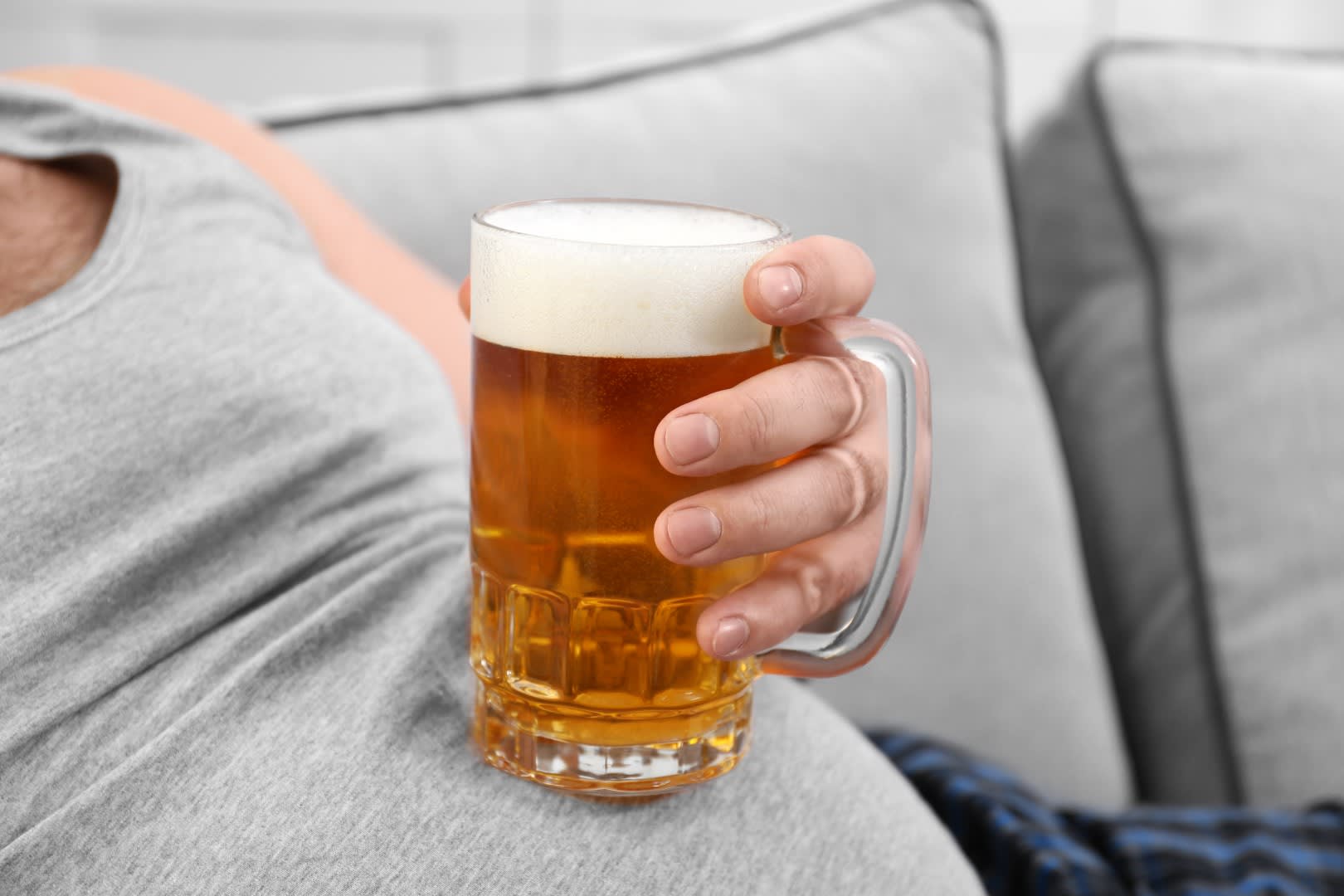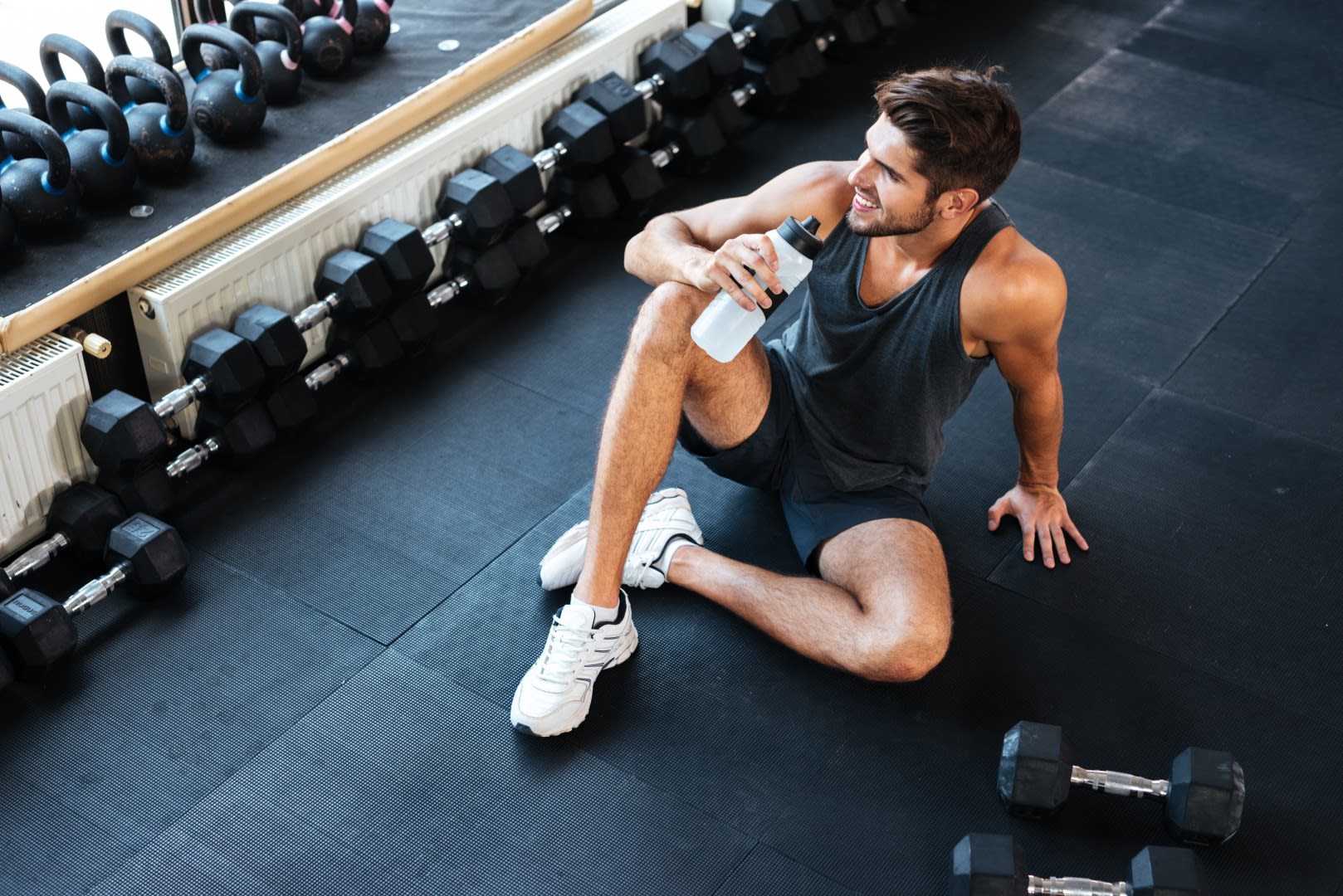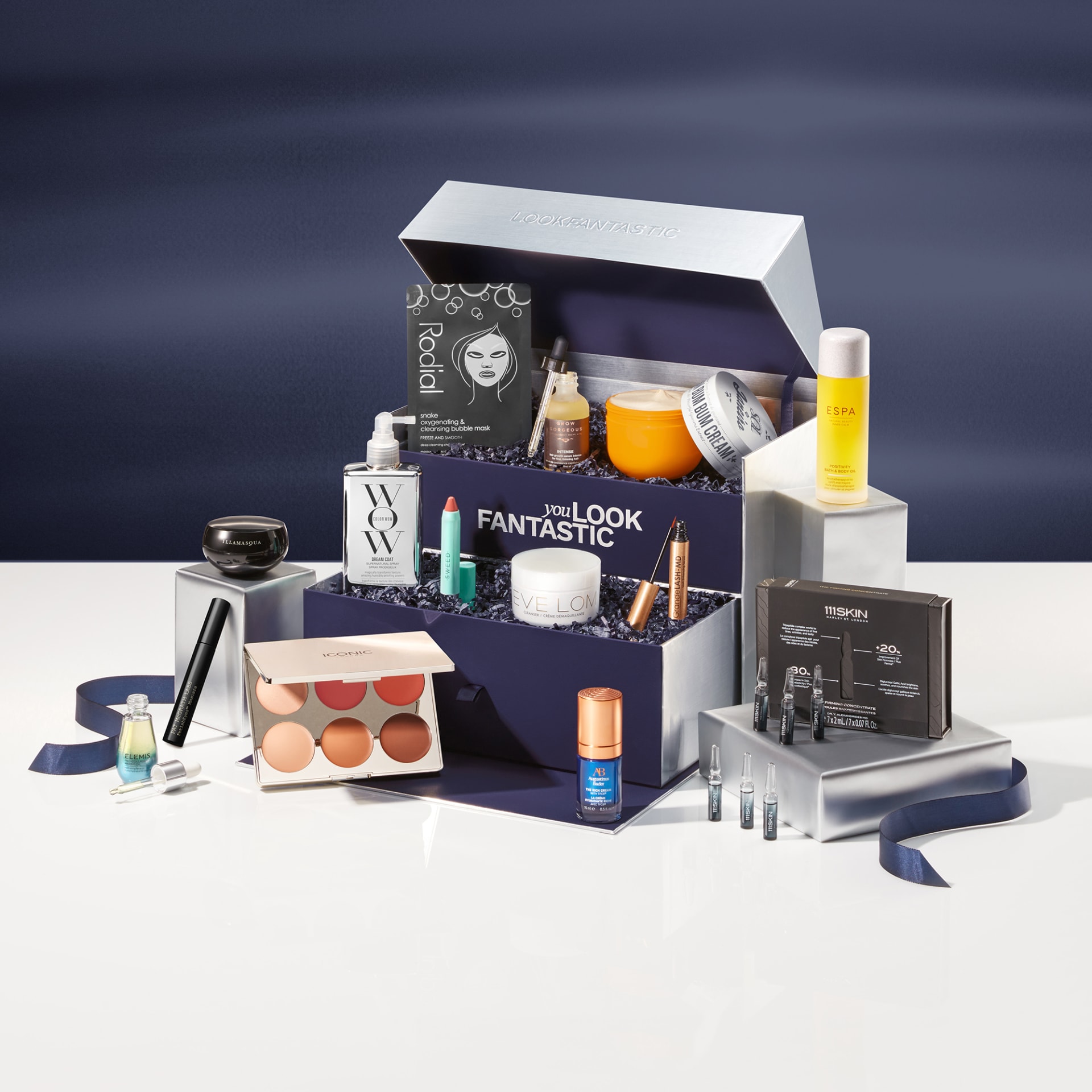With Father’s Day just around the corner, cases of beer are flying off the shelves up and down the country. But what is a ‘beer belly’, and why does it affect men so much more than women?
As men get older and have children, they have less time to devote to themselves and their health and fitness. In your early 20s, it’s easier to spend hours at the gym. As the years creep by the responsibilities can pile up – looking after little ones, spending the weekend shopping for the house and socialising with other parents can make finding time for a workout harder.
Add inactivity to stress, alcohol consumption and poor nutrition, and fat will start to creep on. Unfortunately for men this often happens on the stomach first. We all know that carrying around excess fat leads to health risks, but stomach fat around the abdominal region can cause even greater issues. This type of fat, known as visceral fat, is difficult to track as it sits under your abdominal muscles, surrounding your organs. It’s associated with insulin resistance and is a strong predictor for heart disease and stroke. It’s much more important to control this type of fat than subcutaneous fat – the fat we can pinch. The good news is that visceral fat is often the first type of fat to disappear when you start exercising and eating well.
So, how do we get rid of a beer belly?
Well, we have to start with nutrition. Limiting (or eliminating!) your alcohol consumption is a really good place to start. Studies have shown that men who have just one drink per day increase their risk of belly fat, and that beer consumption leads to more belly fat than wine. Interestingly, the same research found that men who drank more also had a higher intake of calories from food.
As well as looking at alcohol consumption, you need to get the right balance of protein, carbohydrates and fats in your diet. We often find that people under-eat protein, with most of their diet coming from sugary, high-carbohydrate food to give them that energy rush. Typically, a high protein diet with healthy fats such as avocados and a limited amount of unrefined carbohydrate is beneficial for fat loss. When it comes to protein you should aim to be eating between 1.2-2.0g per kg of bodyweight depending on your goal and activity levels.
Let’s move on to training and exercise. As a busy parent time is of the essence, try to incorporate a mixture of interval training and strength-based exercises into your weekly routine. Both HIIT and circuit training can be done in less than 30 minutes and have a better effect on fat loss than regular steady state training.
The most important element of any fat loss effort is consistency, which is helped hugely by finding something you enjoy. Stick to your macronutrients but work hard to find a library of meals you enjoy that will help you do it. Find a type of exercise that you love and do it regularly. By creating a calorie deficit day in, day out, your weight will drop. It doesn’t have to be a chore, and you may even be able to enjoy a drink or two along the way.










